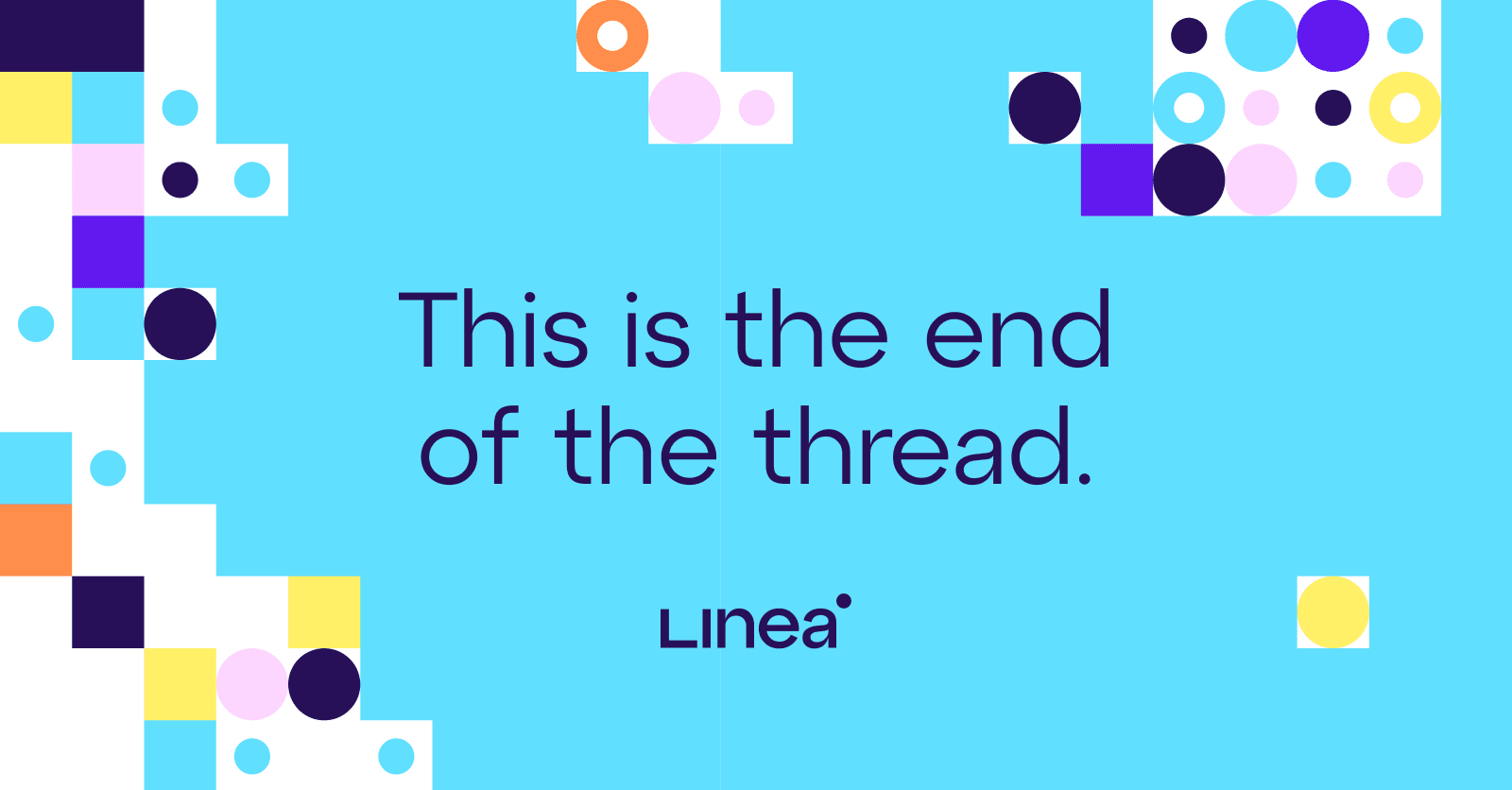
Linea: From Scaling Tool to Ethereum's Smart Execution Layer
I have always believed that the real significance of Linea lies not in making gas cheaper, but in changing the way Ethereum is used. For the past few years, all L2s have been doing one thing—making transactions faster. But what Linea is doing is making execution smarter. It is not just an accessory to scaling, but is building a smart execution layer that allows Ethereum to evolve from a blockchain network into a self-optimizing economic system.
Let's start with the recent core data. After the launch of Linea mainnet version 4.1, the speed of ZK proof generation increased by 33%, on-chain throughput improved by 40%, and the average confirmation time dropped to below 40 seconds. This is not merely a performance optimization, but an upgrade of the execution model. Linea's Prover system can now dynamically allocate computing power tasks, which means that when transaction volume or verification tasks surge, the system will automatically schedule computational load across multiple nodes. This architecture is a prototype of modular ZK computing, implying that in the future Linea can handle not only transactions but also smart tasks—AI model verification, re-staking settlement, cross-chain data synchronization, etc.
This is also why I say Linea is working on the smart execution layer. The Ethereum mainnet resembles a judicial system, emphasizing rules and security; while Linea resembles an economic scheduling system, emphasizing execution efficiency and power redistribution. The mainnet is responsible for order, and Linea is responsible for production. This relationship is very subtle - it is not a replacement, but a complement. The existence of Linea allows Ethereum to be both secure and efficient, enabling complex tasks to be delegated to off-chain proofs, and then verified back to the mainnet through ZK, which is actually the ideal ultimate form of Ethereum.
Consensys's layout is advancing precisely around this logic. MetaMask acts as the entry layer, connecting users; Infura serves as the communication layer, connecting nodes; Truffle functions as the development layer, connecting applications; and Linea operates as the execution layer, connecting computing power. These four layers stacked together create a complete Ethereum operating system. And Linea is the CPU of this system.
If you observe the ecosystem, you will find that Linea's current construction pace is very restrained yet highly organized. It does not massively expand but steadily grows its high-quality ecosystem. Currently, it is mainly divided into four sectors:
1. DeFi Ecosystem: ZeroLend, Velocore, and PancakeSwap constitute a stable liquidity foundation.
2. Re-staking System: Renzo, Karak, and EigenLayer are reorganizing ETH yield flows through Linea.
3. AI Computing and Privacy Verification: Trusta.AI and AIWeb3 are testing the integration of ZK verification and AI models.
4. Identity and Communication: Dmail, SpaceID, ZKID build on-chain identity verification and cross-chain communication.
These four components together form a self-circulating economic system that is not built on tasks, airdrops, or events creating false prosperity.
The biggest difference with Linea is that from the very beginning, it did not aim to be a trendy L2. Scroll is more academic, zkSync is more community-oriented, Arbitrum is more market-focused, while Linea is more system-oriented. Its logic is: I do not need to win in narrative; I need to be stable in structure. Therefore, each of its updates is not for hype, but to make every computation on Ethereum smarter and lighter. For instance, its recently announced Prover API will allow developers to directly call ZK computing power. In other words, in the future, DApps can not only run on Linea but also leverage Linea's computing power to perform other tasks. This has surpassed the traditional L2 category and is closer to the concept of a decentralized computing platform.
The token model is also what I recognize most about Linea. Of its total supply of 72B, 85% is allocated to the community and ecosystem, with no VC and no rapid unlocks. This means that Linea's growth is entirely driven by usage, not capital inflation. Moreover, Consensys has clearly planned to incorporate $LINEA into the settlement logic of the entire tech stack during the tokenization process of MetaMask and Infura. In the future, $LINEA will not only be a gas token but may also become the core token for developer credit collateral, API call margins, and even staking yield distribution. This kind of ecological tiered tokenization is the model that can truly support long-term value.
I now see Linea not as a ZK competitor but as Ethereum's execution engine. ZK is just its technical foundation; the real goal is to build Ethereum's economic operating system. You need to understand this to grasp why it is not in a hurry to carry out activities, why token distribution is extremely decentralized, and why each update is low-key yet solid. Because Linea is not following a marketing route but an industrial route.
Token price? To be honest, there is no need to look at it in the short term. Linea's token does not take off through speculation but is gradually revalued through ecological premium. When the tokenization of MetaMask is officially implemented, when Infura's API billing enters the block layer logic, and when ETH re-staking yield is settled through Linea, the valuation logic of $LINEA will completely change from being a task token to a computing power token. This revaluation will not be explosive but structural.
What Linea is doing is actually teaching Ethereum to specialize. The mainnet is responsible for trust, while Linea is responsible for efficiency. One is law, and the other is production. When these two combine, the entire energy of the Ethereum economy will be unleashed.
What I want to say is: Linea is not loud, but it is reconstructing the heart of Ethereum. It does not tell stories because it itself is the next chapter of the story.
In this era of AI, Restaking, and ZK interweaving, Linea is not chasing trends; it is creating the underlying logic of the future.



